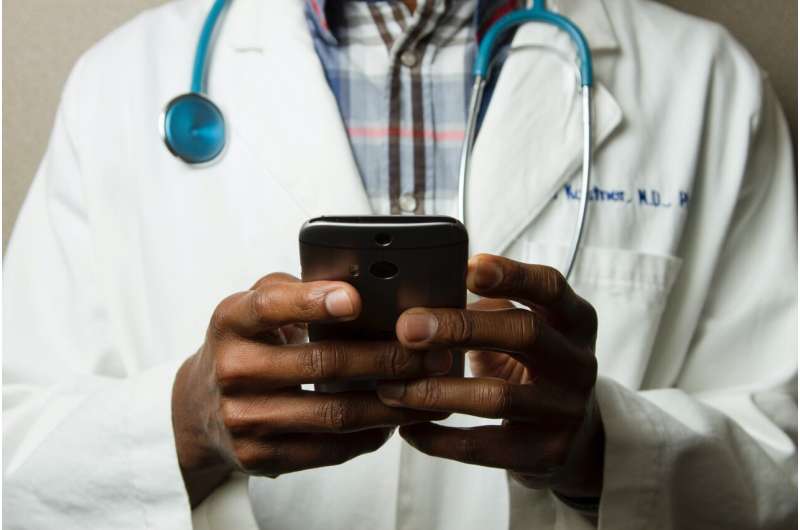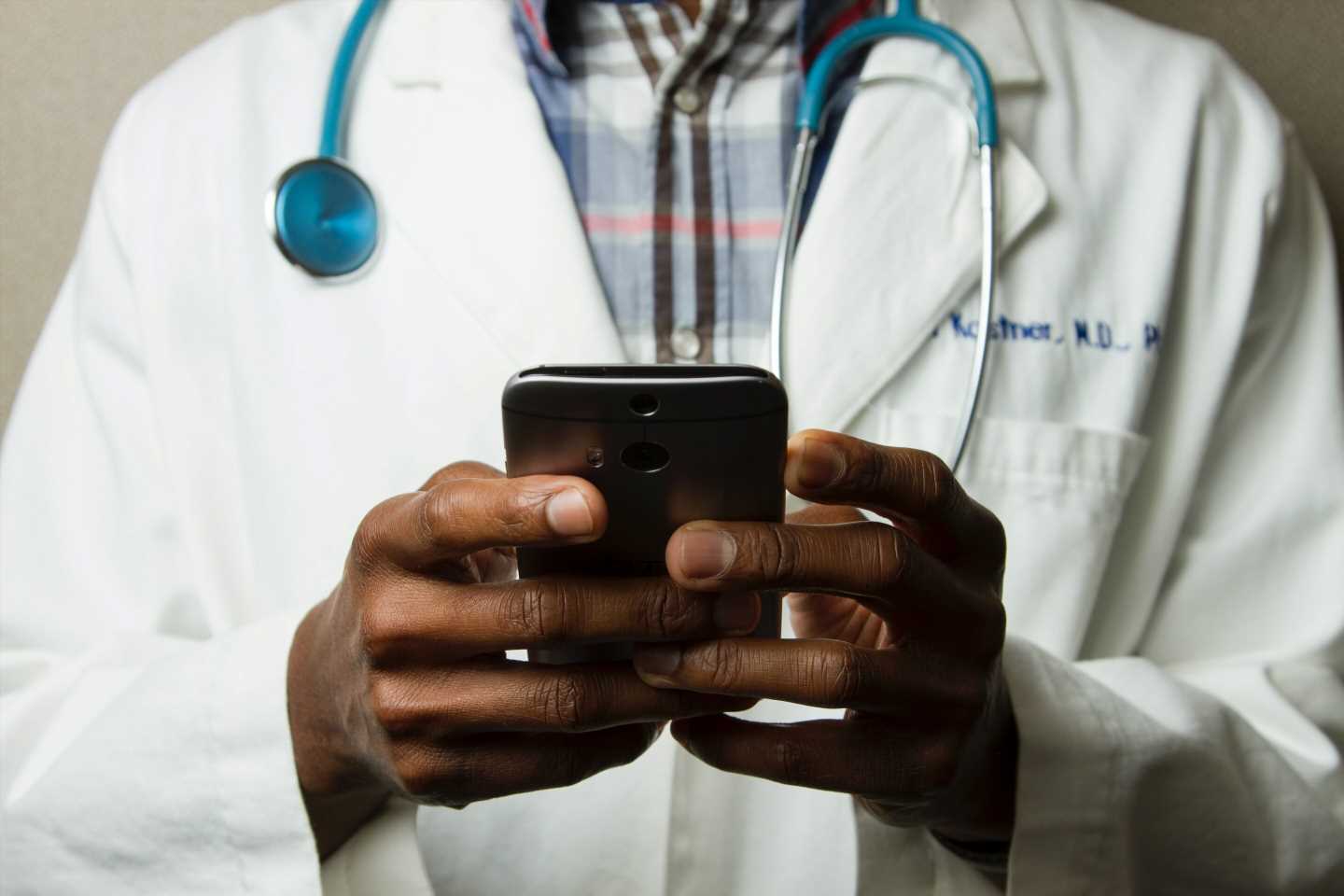
Since 2016, hospital system Mass General Brigham (MGB) has delivered hospital-level care to more than 2,000 acutely ill patients in the comfort of their own homes, securing its place as a leader in the hospital-at-home (HaH) movement in the United States. A new article in NEJM Catalyst Innovations in Care Delivery highlights MGB’s experience in developing and employing key technologies to better enable and enhance acute hospital care at home.
“There is good evidence that hospital-at-home care is safe, high quality, and cost-saving, and we are actively working to discover how current and emerging technologies will enhance this care,” says first author Jared Conley, MD, Ph.D., MPH, associate director of the Healthcare Transformation Lab at Massachusetts General Hospital (MGH). “There is a growing understanding among patients, clinicians, and payors that better matching the provision of care to the best site of care represents the future of healthcare—we are actively discovering ways to deliver more home-centered healthcare.”
Since the inception of the HaH program five years ago, MGB has increased inpatient capacity of more than 10,000 bed-days. “Hospital-at-home frees brick-and-mortar hospitals to care for patients who need higher intensity care and, in the long term, we will need to build fewer hospitals,” adds Conley. “It has been estimated that 15 percent to 30 percent of inpatient care could be delivered at home within the next 10 to 15 years.”
Although Australia and some European countries have been providing hospital care at home for about three decades, only the Veterans Administration and a handful of large hospital systems in the U.S. have more recently taken on the complex challenges of developing this model of acute-care delivery. “The main barrier to the acceleration of this movement in the U.S. has been lack of adequate payment,” says senior author David M. Levine, MD, MPH, MA, medical director of Strategy and Innovation for the Brigham Home Hospital.
During the COVID-19 pandemic, however, the U.S. Centers for Medicare & Medicaid Services (CMS) granted Acute Hospital Care at Home waivers, which meant that Medicare and Medicaid would pay for hospital-level care delivered at home at the same rate as inpatient care. “There is strong support for CMS to extend these waivers,” says Levine. More than 200 hospitals to date have been granted the CMS waivers, demonstrating that they have the capacity to deliver home hospital care effectively and safely. “And patients and their families are requesting hospital care at home,” says Levine.
At MGB, patients who come to the Emergency Department or who are already hospitalized with an acute illness may be offered the option of receiving hospital-level care at home if they meet certain criteria. The core HaH team for each patient includes a physician who sees the patient once a day, either by video or in the home, plus a nurse and specially trained paramedic who visit the patient at least twice a day at home to deliver the care they would receive in the hospital, such as IV medications and advanced respiratory therapies.
The authors discuss the technologies that have enhanced MGB’s hospital-level care at home and that are critical to scaling the model to accommodate a growing number of patients. The key technology domains are telemedicine, remote patient monitoring, clinical team coordination, and supply chain management.
More than half of the patients enrolled in HaH are over the age of 65 and have limited technology literacy. “It was very important to create technology systems that broke down the barriers to patients using individual technologies,” says Levine. Patients don’t need to have Internet access in their homes or own any electronic devices to enroll in HaH; the care team supplies everything the patient needs for remote visits. For example, patients receive a dedicated tablet installed with specialized software so they need only touch an icon of the physician’s face to initiate a video visit or to communicate with the home hospital team. Other technologies make it easy for patients with visual or hearing impairments to communicate with their healthcare team.
Eligible patients wear sensors that provide continuous hospital-level monitoring of their vital signs, such as a chest patch that records the heart’s activity. In the near future, sensors will be able to measure even more advanced parameters completely touchless, says Levine. And research is underway to use artificial intelligence to analyze the massive amounts of data generated from sensors. “Humans may benefit from machine algorithms to put all the information together to make predictions about the course of a patient’s illness based on physiologic measurements,” says Levine. “We believe that we are just beginning to realize the potential for technology to assist acute care at home.”
HaH must reliably and quickly deliver medical equipment and medications to patients at home, just as if they were being ordered from central supply in a hospital. Technology platforms allow the HaH team to place orders, update care plans, assign resources, monitor task progress, and streamline communication among team members.
Source: Read Full Article
